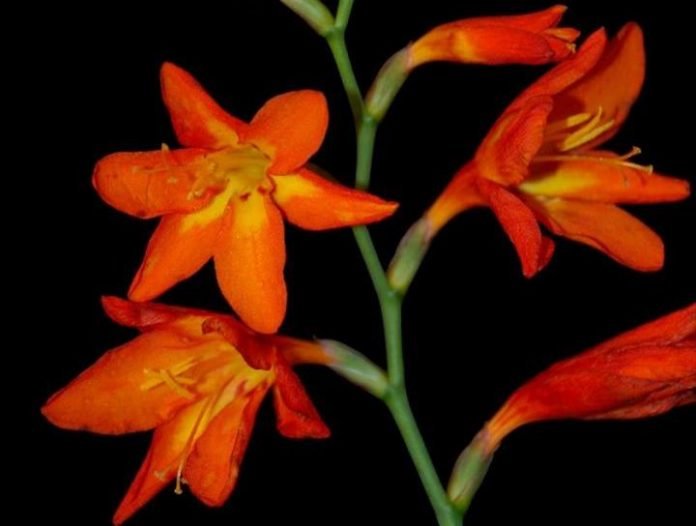
In a recent study, researchers found that compound from a type of summer plant may help treat diabetes effectively.
Type-2 diabetes is a disease characterized by elevated blood glucose levels due to the body’s inefficient use of insulin.
The disease affects over 320 million people worldwide.
Drugs that are commonly used to treat type-2 diabetes reduce blood glucose levels by inhibiting the activities of two enzymes: HPA (pancreatic alpha-amylase) and alpha-glucosidases.
HPV cleaves complex starches into strings of sugar molecules called oligosaccharides, and alpha-glucosidases convert oligosaccharides into glucose in the gut.
However, the inhibition of alpha-glucosidases causes some undigested oligosaccharides to move into the lower bowel, such as flatulence and diarrhea.
Since 10 years ago, scientists have tried to produce a diabetes drug that specifically inhibits HPA activity without having nasty side effects.
They started from plant compounds because roughly half of the western medicines were derived from naturally occurring plant metabolites.
Plants produce over 200,000 of these specialized metabolites.
But finding medicinally useful ones is challenging, and obtaining sufficient quantities for human use poses an even greater challenge.
They screened 30,000 extracts derived from plants and other organisms and found a single compound that does the work: montbretin A (MbA).
This compound is from the bulb-like underground corms of the ornamental plant montbretia (Crocosmia x crocosmiiflora).
Unfortunately, MbA can’t be produced in large quantities without understanding the biochemical pathway and genes involved in its biosynthesis.
This is a difficult task considering the diversity and complexity of plant metabolic pathways.
In the current study, scientists from the University of British Columbia and the Canadian Glycomics Network analyzed this crucial pathway, as discussed in this month’s issue of The Plant Cell.
They discovered the first three intermediate metabolites in the MbA biosynthesis pathway, including a product called mini-MbA, which also strongly inhibits HPA activity, as well as the four enzymes involved in mini-MbA production.
Importantly, when they cloned the genes for these enzymes and used them to genetically transform wild tobacco, they successfully obtained mini-MbA.
The team believes that this is a fascinating example of the largely undiscovered potential of plant specialized metabolism that may lead to new treatments for the improvement of human health.
Copyright © 2018 Knowridge Science Report. All rights reserved.
Source: American Society of Plant Biologists.


